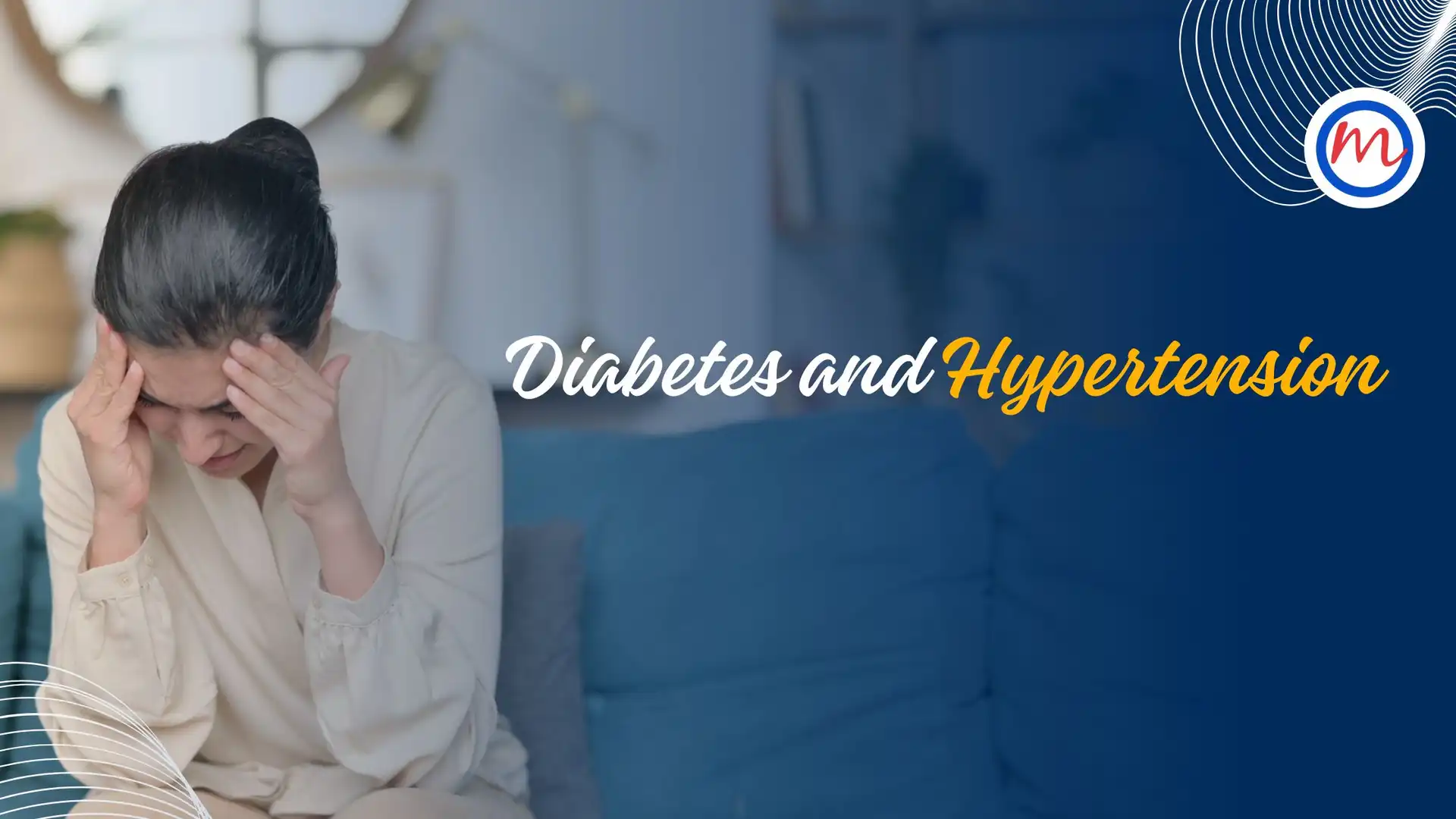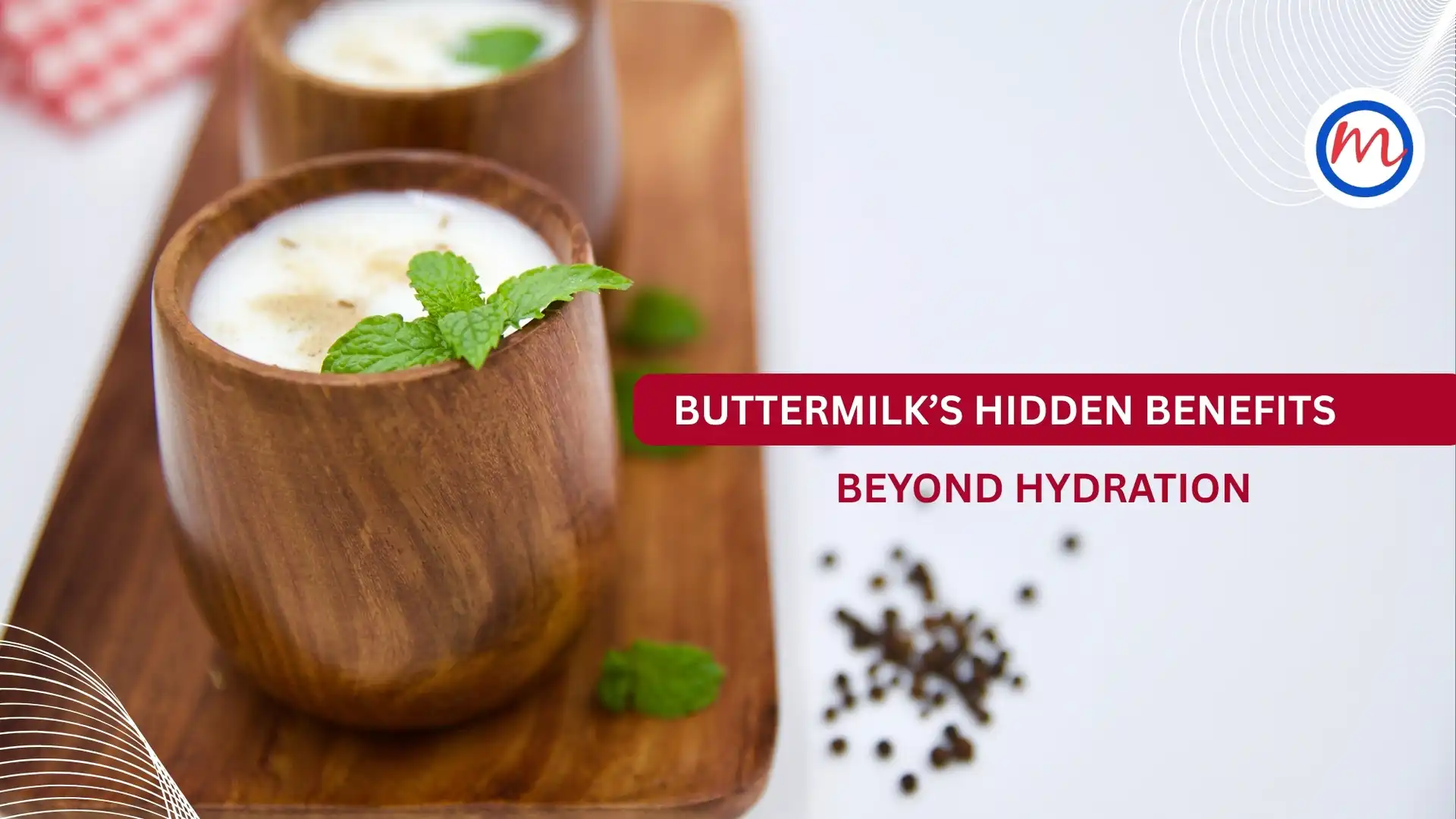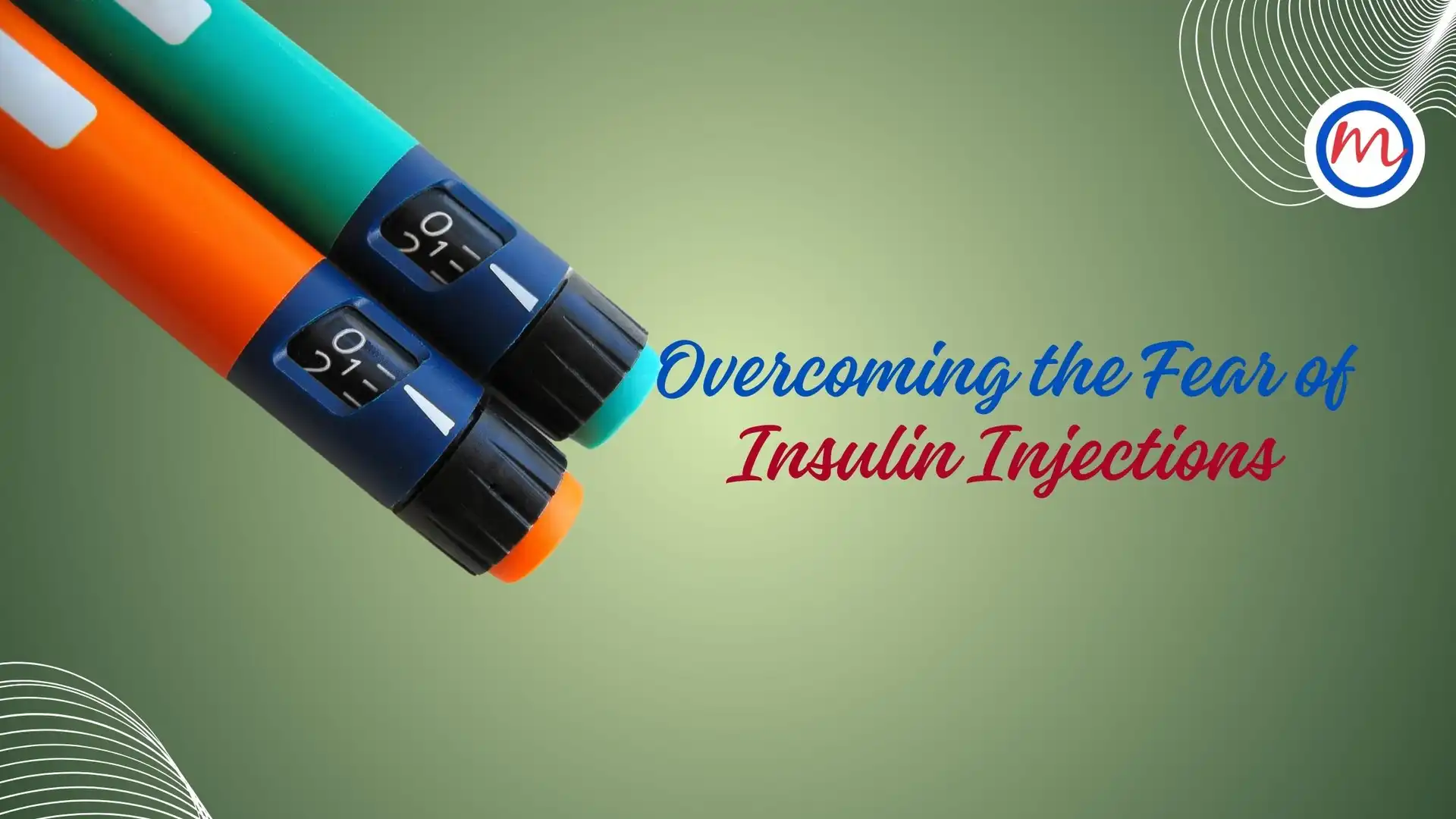Diabetes and Hypertension: How to Manage Two Chronic Conditions Together
Introduction: Living with Diabetes and Hypertension
Managing chronic conditions like diabetes and hypertension can feel overwhelming, especially when they occur together. These two conditions often coexist, presenting unique health challenges that require integrated care. Understanding how they are connected is key to effectively managing both.
In this article, we explore how diabetes and high blood pressure are linked, common risk factors, treatment strategies, and lifestyle changes that can empower individuals to take control of their health.
What Are Diabetes and Hypertension?
Diabetes
Diabetes is a metabolic disorder that results in elevated blood sugar levels due to the body’s inability to produce or use insulin effectively. Uncontrolled diabetes can lead to serious complications, including kidney damage, nerve issues and cardiovascular disease.
Hypertension
Hypertension (high blood pressure) is when the force of the blood against the artery walls remains too high over time. It is often called the “silent killer” because it typically shows no symptoms but significantly increases the risk of stroke, heart attack and kidney damage.
Both conditions require ongoing monitoring and management to reduce long-term health risks.
The Link Between Diabetes and Hypertension
People with type 2 diabetes are at a higher risk of developing hypertension. Here’s why:
- High blood sugar can damage blood vessels, leading to increased pressure.
- Insulin resistance, common in type 2 diabetes, can contribute to elevated blood pressure.
- Both conditions share common risk factors like obesity, sedentary lifestyle and poor diet.
Managing one condition often improves the other, highlighting the importance of a holistic health approach.
Common Risk Factors and Symptoms
Shared Risk Factors:
- Obesity
- Physical inactivity
- Poor diet (high in salt, sugar and processed foods)
- Family history of heart disease or diabetes
- Smoking and alcohol consumption
- Chronic stress
Symptoms to Watch:
- Diabetes: Increased thirst, frequent urination, fatigue, blurry vision (often symptomless)
- Hypertension: Headaches, chest pain, dizziness (often symptomless)
Early detection through regular health checks can prevent complications.
Effective Treatment Options for Both Conditions
Treating both diabetes and hypertension often involves a combination of:
- Medications:
- For Diabetes: Metformin, insulin, SGLT2 inhibitors, etc.
- For Hypertension: ACE inhibitors, calcium channel blockers, beta-blockers
- Monitoring:
- Regular blood sugar testing
- Daily or weekly blood pressure checks
- Dietary Management:
- A low-sodium, low-sugar diet
- High-fibre meals with whole grains, fruits, vegetables and lean proteins
Working with a dietitian or diabetes educator helps in creating a plan that manages both conditions efficiently.
Lifestyle Changes to Support Your Health
- Eat Balanced Meals
- Choose foods low in added sugars and saturated fats
- Increase intake of potassium-rich foods (like bananas and spinach)
- Limit salt to under 1,500 mg/day
- Stay Physically Active
- Aim for 30 minutes of moderate exercise most days
- Walking, swimming and cycling are excellent options
- Reduce Stress
- Practice mindfulness, yoga or meditation
- Deep breathing exercises help lower cortisol levels and reduce both blood sugar and blood pressure.
- Improve Sleep Hygiene
- Sleep 7–9 hours per night
- Establish a relaxing bedtime routine
Importance of Check-Ups and Medication Adherence
Regular doctor visits are crucial to monitor:
- Blood glucose levels (HbA1c)
- Blood pressure
- Kidney function
- Eye and nerve health
Adhering to prescribed medication schedules ensures both conditions are kept in check, reducing the risk of emergencies or hospitalisation.
Managing the Emotional Burden
The emotional toll of managing two chronic conditions can lead to burnout, anxiety or depression. Acknowledge your feelings and seek support when needed.
Emotional Wellness Tips:
- Talk to a counsellor or therapist
- Join a diabetes or hypertension support group
- Stay connected with family and friends
- Celebrate small health victories
Build a Strong Support System
You are not alone in this journey. Support systems can include:
- Healthcare providers: doctors, dietitians, pharmacists
- Peer support groups: online forums or community meetings
- Family and friends: educate them to understand your needs better
Encouragement and support from others can boost motivation and make lifestyle changes more sustainable.
Conclusion: Take Charge of Your Health Journey
Living with diabetes and hypertension may seem challenging, but with the right knowledge, support and lifestyle choices, it is manageable. By understanding the connection between the two, embracing proactive treatment and maintaining emotional balance, you can lead a healthier, more fulfilling life.
Stay consistent, stay informed and remember—your health is in your hands.



